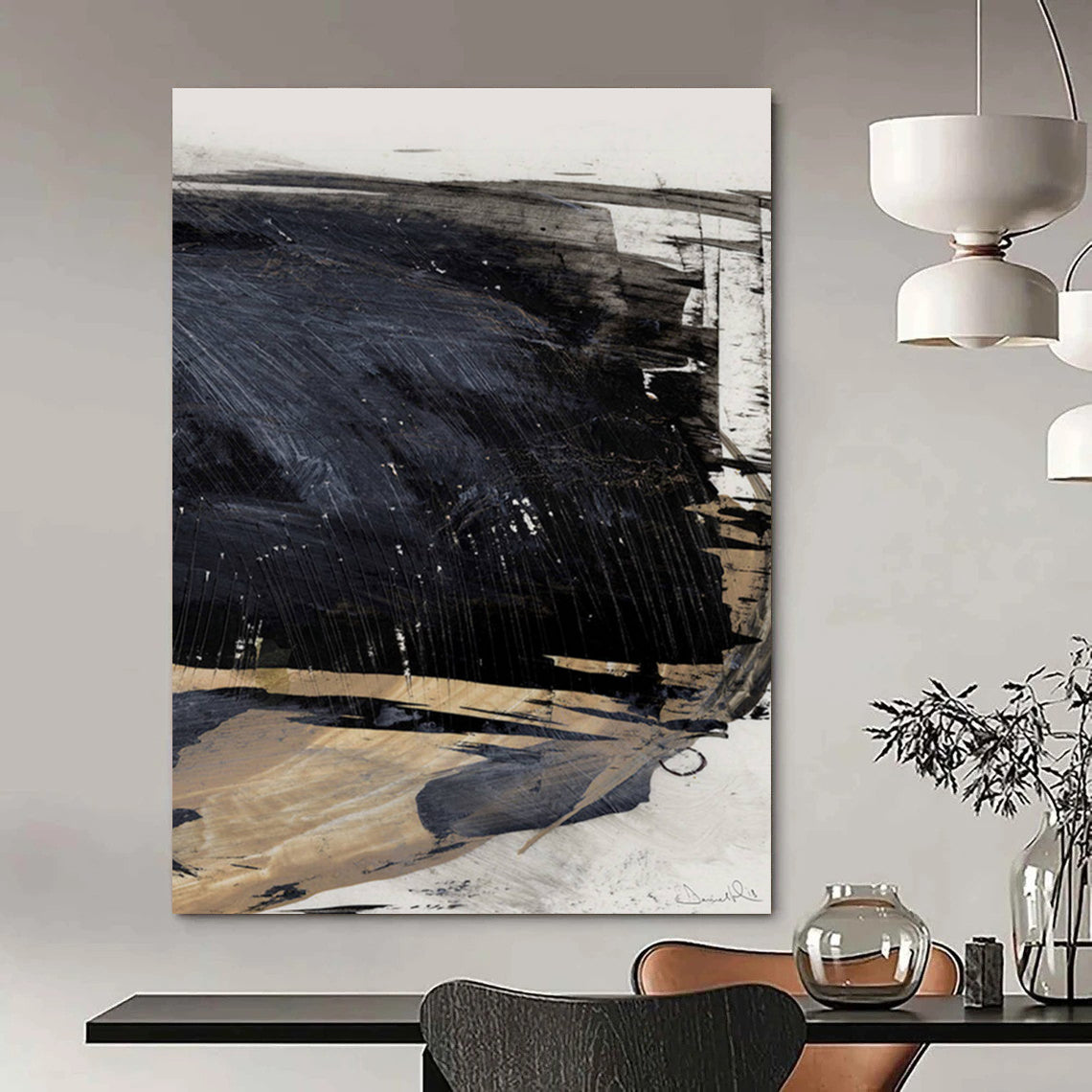Minimalist Painting is a captivating art form that celebrates the philosophy of "less is more," focusing on simplicity, subtlety, and the power of reduced visual elements. This style, rooted in the early 1960s art movement, emphasizes clean lines, geometric shapes, and restrained color palettes to create artworks that exude calmness and refined elegance. Explore an exquisite selection of these artworks on Minimalist Painting.
The essence of minimalist painting lies in stripping away unnecessary detail to reveal the core beauty of form and color. Unlike styles that prioritize emotional expression or intricate subject matter, minimalist paintings focus on the medium itself—paint, canvas, texture—and how these elements interact to engage the viewer. The canvases often use large monochromatic areas, geometric forms, and space intentionally left blank to invoke a sense of balance and tranquility.

Influential Artists and Iconic Works
Several renowned artists have profoundly shaped Minimalist Painting:
-
Frank Stella: Known for his revolutionary Black Paintings series, Stella's work employs monochromatic stripes and geometric forms that challenge traditional notions of composition and representation. His approach emphasizes the literal presence of the painting itself, famously stating, “What you see is what you see.”
-
Ellsworth Kelly: With a focus on bold colors and simple shapes, Kelly's minimalist paintings emphasize pure forms and spatial relationships. His work strips painting down to essentials, offering a meditation on color and shape.
-
Josef Albers: His Homage to the Square series investigates color interaction with precise, nested squares, offering a foundational study in color perception within minimalist abstraction.
-
Robert Ryman: Emphasizing texture and materiality, Ryman’s predominantly white paintings explore the act of painting itself and the physical surface of the canvas.
These artists helped define the minimalist ethos, which transcended emotional storytelling to spotlight the artwork's physical and visual presence.
Understanding Minimalism and Related Concepts
For a deeper understanding of minimalist painting and its significance, the following resources offer rich and reputable insights:
-
The Minimalism Movement Overview at The Art Story explains the origins and key characteristics of Minimalism in the art world.
-
Contemporary Art Issue provides a comprehensive overview of Minimalist Painting that explores its evolution and major contributors.
-
Tate’s Minimalism page highlights the artistic principles and varied expressions within the movement.
-
Britannica’s expansive article on Minimalism details the historical context and influential artists linked to this trend.
-
Smarthistory’s Introduction to Minimalism provides an accessible explanation of the style’s reductionist approach.
Frequently Asked Questions (FAQ)
What is Minimalist Painting?
Minimalist Painting is an art form focused on reducing elements to the basics—simple shapes, limited color palettes, and absence of detailed narrative—to emphasize form, color, and surface.
Who are some key figures in Minimalist Painting?
Important artists include Frank Stella, Ellsworth Kelly, Josef Albers, and Robert Ryman, each contributing unique approaches to simplicity and abstraction.
How does Minimalist Painting differ from Abstract Expressionism?
Minimalism removes personal expression and emotional intensity seen in Abstract Expressionism, opting instead for objective, clean, and controlled compositions.
Where can I find quality minimalist paintings online?
A curated collection is available at Minimalist Painting.
How does minimalist painting complement interior spaces?
Minimalist paintings enhance spaces by adding calmness, clarity, and stylish simplicity, often incorporating texture and neutral or bold color schemes for quiet sophistication.

